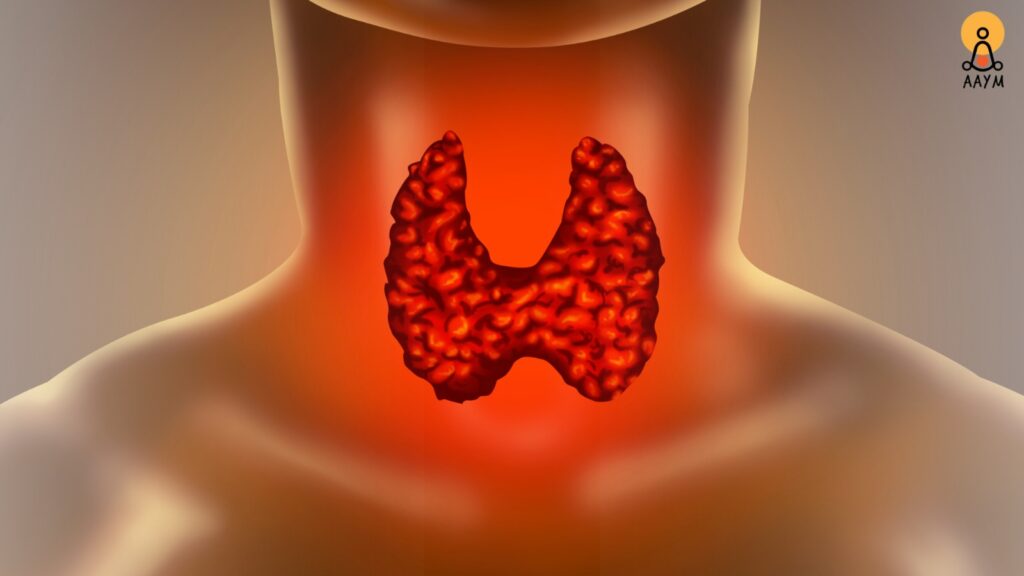Flu Facts: Why You Feel Like a Zombie and How to Avoid It
What is the Flu? Influenza, commonly known as the flu, is a viral infection that targets the lungs, nose, and throat. It is a contagious respiratory illness with symptoms that can range from mild to severe. While the flu and the common cold share similar symptoms, the flu typically presents more severe symptoms that last […]
Flu Facts: Why You Feel Like a Zombie and How to Avoid It Read More »










